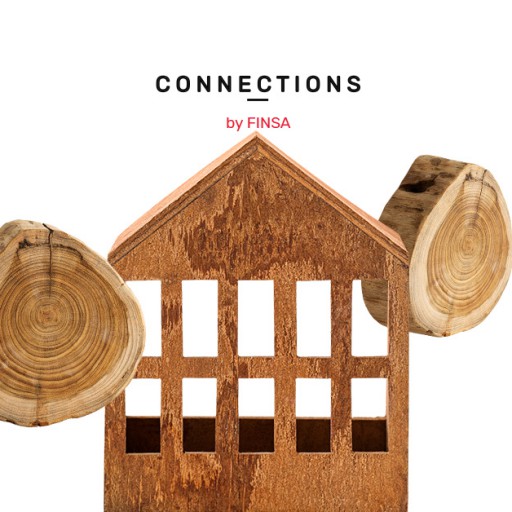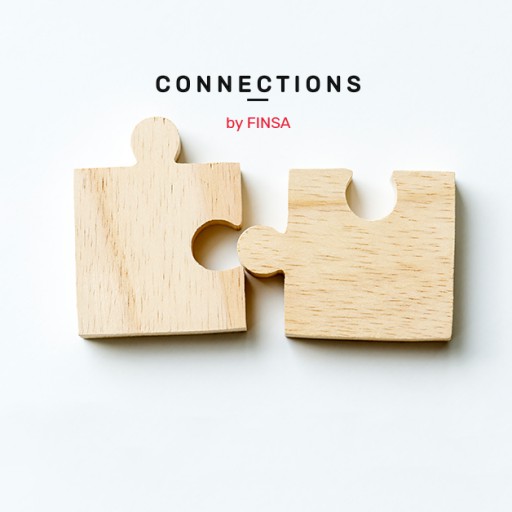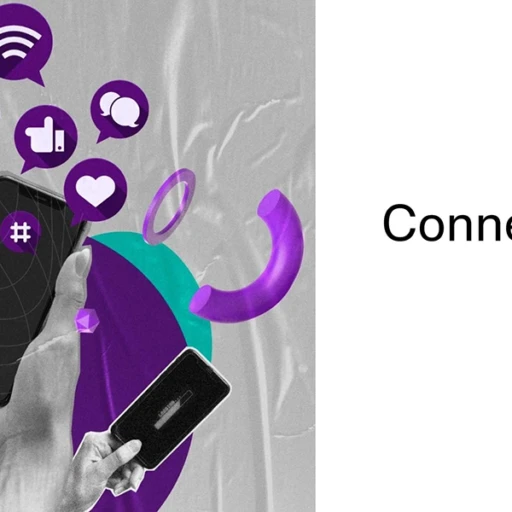Have you ever stopped to think about how many decisions you make in a single day? How many of these decisions are actually important? We are now living in a never-ending vortex, a goal-oriented culture, and in a constant state of connection thanks to new technology.
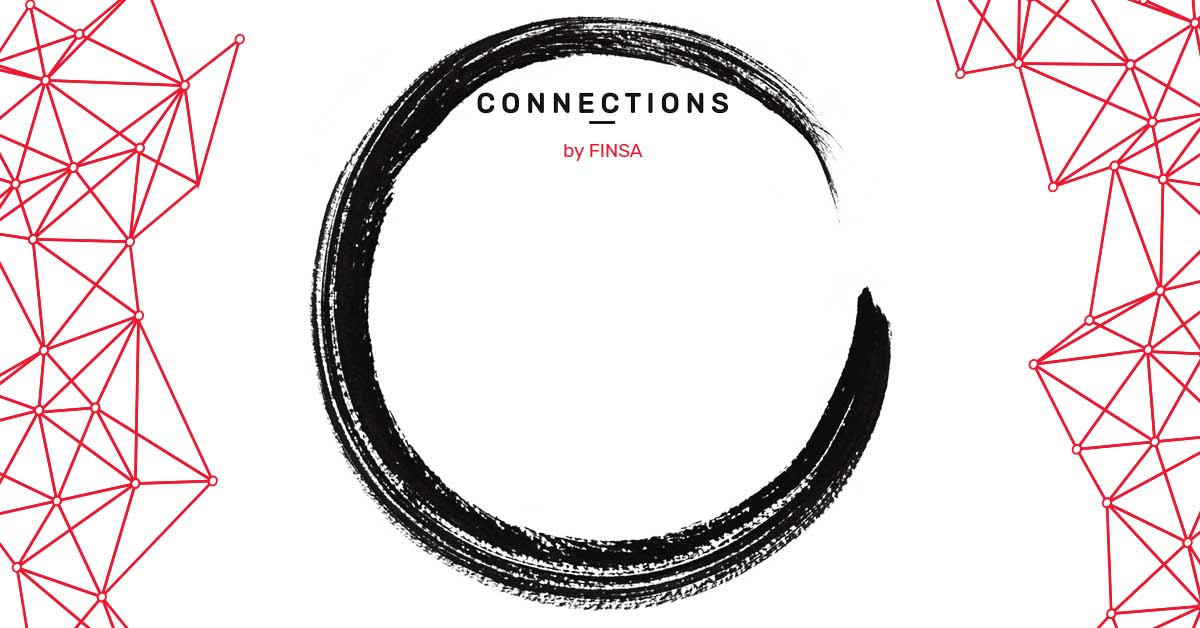
This incessant state of action is generating more and more pressure, making us lose focus and resulting in our decisions, many of which are self-imposed, feel inadequate. How can we stop all of this from happening? How can we truly disconnect? How can we overcome burn-out so that we can truly focus and feel good again? The answer is Wu Wei.
From mindfulness to Wu Wei
There are so many trends out there that promise to show us how to live more simply with the ultimate goal of improving our sense of wellbeing. All of these trends have something in common: we must only pay attention to the essentials and press pause on our lives. One of the better-known paths to wellbeing is that of mindfulness, a type of therapy that became popular in the 1970s. It takes its cues from Buddhism, encouraging us to be aware of the present moment.
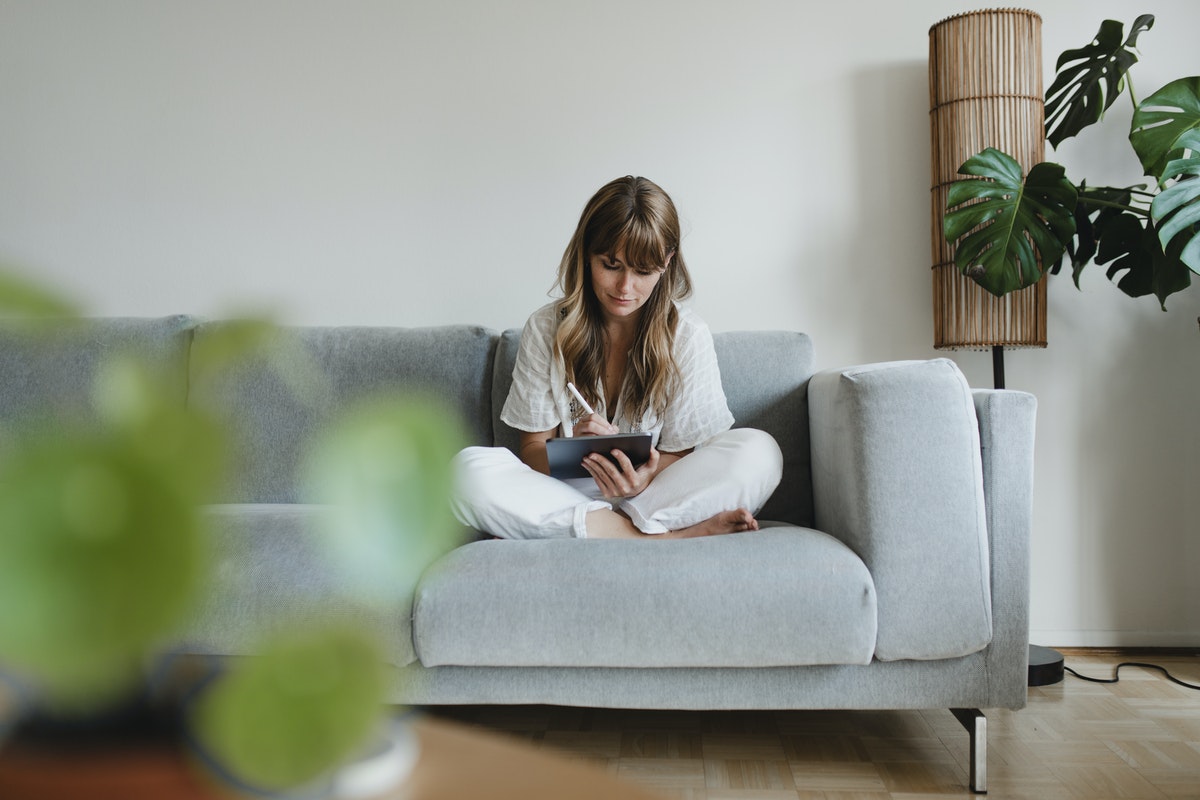
Wu Wei and niksen: two types of nothing that have everything in common
Wu Wei is almost like the Asian version of niksen, another lifestyle approach we’ve covered in the past. Niksen comes from the Netherlands and is all about doing absolutely nothing and letting our minds go blank so that our brains can rest, as well as choosing the slow life so we can enjoy the spaces that we inhabit.
Wu Wei comes has its roots in Taoism and literally means “non-doing”. It’s all about not forcing our actions and letting things flow in a natural way – the best plan is having no plan at all.
Ver esta publicación en Instagram
Inaction is not about being passive
Taking a pause is not the same as being lazy. It might seem strange given its name, but Wu Wei is not asking us to be passive; in fact, it’s the total opposite. One of Wu Wei’s main principles is “nothing is left undone”.
How is this possible? It might be difficult for Western cultures to understand, but it’s true that the mentality of and learning how to not force ourselves into action leads to a better work-life balance and improves our ability to make important decisions.
It’s about doing things in a natural and spontaneous way, without trying to change what is happening. If we really think about it, the planets keep turning and plants keep growing without any intervention at all.
Ver esta publicación en Instagram
Many of Wu Wei’s principles are similar to those of niksen and mindfulness. There is also some crossover with Feng Shui. All of these approaches are about disconnecting from the pressure we put on ourselves and enjoying a calmer life. Designer and consultant Alexandra Lees explains that order, nature, and simplicity are the keys to Wu Wei-inspired design:
- Minimalism: Order makes us feel at peace. That’s why we should avoid filling spaces with superfluous objects. Get rid of all the unnecessary stuff in order to free up some space in your home and in your mind. Keep the functional and eliminate the ornamental.
- Furniture with curved lines: This is one of the most important parts of Feng Shui when it comes to interior design. Oregon State University carried out an experiment involving 100 students that found that a room featuring soft, curved lines was described as more pleasant and relaxing to be in. People also spent more time in this room and socialised more.
- A space without barriers: Open spaces, free of distractions and full of natural light are extremely important. Nevertheless, our personal and work lives still need to be separated. Lees suggests using lighting to do so.
- Natural materials and colours that relax us: Materials and colour have a huge impact on how we feel. A neutral palette using soft shades is the right choice when we want to transmit a feeling of tranquillity and peace. When it comes to materials, natural fabrics, plants, and untouched materials such as wood, clay, and stone will help strengthen the space, making it feel like part of a whole.
- Integration with nature: If Wu Wei is about letting nature guide us, why not make nature a part of the home? It’s not just about choosing natural materials, it’s also about making our home a part of our life and at one with its surroundings.
Ver esta publicación en Instagram
Have you already decided how you’re going to incorporate Wu Wei into your interior design projects? Tell us all about it on social media using #ConnectionsByFInsa.


